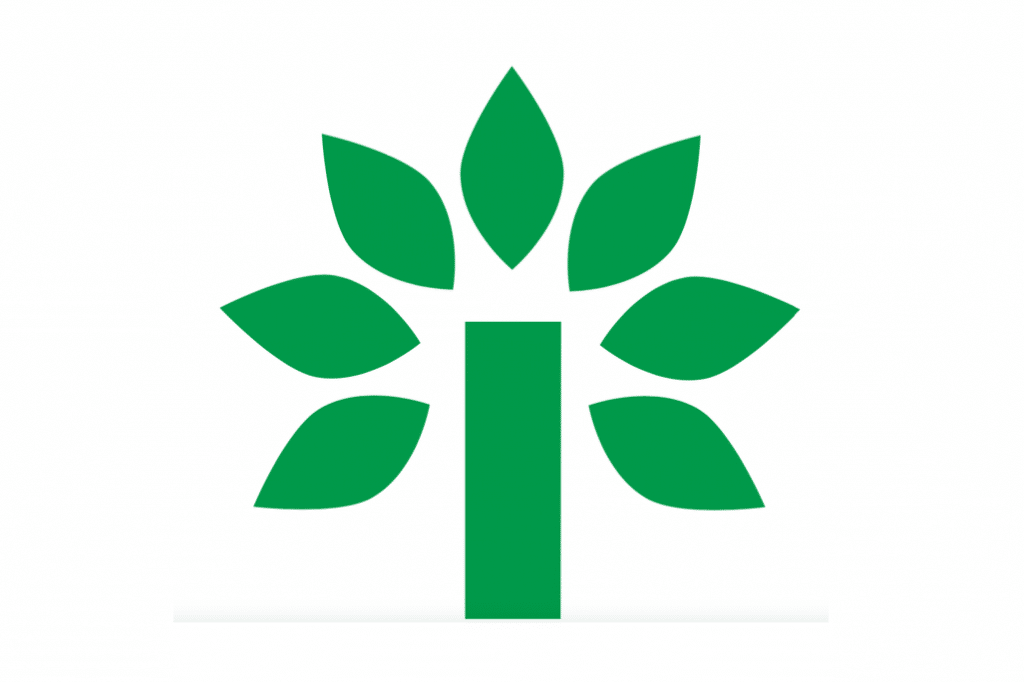US Giving for Japan’s 2011 Disaster Totals $737 Million
Since Japan’s Tohoku region was devastated by a massive earthquake, tsunami, and nuclear meltdown in March 2011, people in the United States have donated at least $736.9 million for relief and recovery efforts. This figure—which comes from JCIE’s fourth annual survey of 1,300 nonprofit organizations, corporations, and fundraising campaigns—means that the 3/11 response ranks as the largest outpouring of American philanthropy in history for a disaster in another developed country.
The breadth of the US philanthropic response was extraordinary, and it demonstrates the depth of the grassroots ties linking the two countries. Tens of thousands of community groups, churches, schools, and individuals launched fundraising drives to support the disaster response. In most cases, the donations they collected were then given to larger nonprofit organizations which sometimes passed them off to yet larger groups that had the connections in Japan and expertise with overseas grantmaking needed to ensure that the funds could be utilized effectively.
While extraordinary in its own right, the outpouring of US giving had an even greater impact on Japan’s nonprofit sector because of the way in which it was utilized. Almost all of the US contributions were made as cash donations rather than as in-kind gifts of supplies and equipment, and more than 90 percent of US giving ended up going to nonprofit groups working in Japan’s disaster zone. In contrast, nearly 85 percent of domestic Japanese donations were made to national or local government agencies or to the country’s traditional gienkin funds that provide cash payments directly to survivors. This disparity in patterns of giving meant that donations from the United States have played a disproportionate role in helping Japan’s perpetually underfunded nonprofit sector respond to the disaster.
Characteristics of the US Philanthropic Response
 The size of the response was of historic proportions: The $737 million in giving for 3/11 ranked as the third largest US philanthropic response for any overseas disaster and the fifth-most generous in history for any disaster, trailing only the responses to Hurricane Katrina ($5.3 billion in donations), the 9/11 attacks ($2.8 billion), the 2004 Indian Ocean tsunami ($1.9 billion), and the 2010 Haiti earthquake ($1.45 billion).
The size of the response was of historic proportions: The $737 million in giving for 3/11 ranked as the third largest US philanthropic response for any overseas disaster and the fifth-most generous in history for any disaster, trailing only the responses to Hurricane Katrina ($5.3 billion in donations), the 9/11 attacks ($2.8 billion), the 2004 Indian Ocean tsunami ($1.9 billion), and the 2010 Haiti earthquake ($1.45 billion).
It was surprisingly broad-based: Thousands of groups collected contributions, and more than 330 US nonprofit organizations amalgamated donations and then granted them to Japanese organizations. Of these, 125 groups raised more than $100,000, nearly 50 collected at least $1 million, and 18 surpassed $5 million.
The response demonstrated the importance of the institutional underpinnings of US-Japan exchange: More than 75 specialized organizations that focus on various aspects of US-Japan relations launched relief funds—including Japan-Americas societies, US-Japan exchange organizations, US-Japan business associations, and others. Together, they channeled nearly $50 million to Japan. And many also provided advice and introductions for other US organizations that were raising funds but did not know how to identify capable Japanese groups in the disaster zone.
It also provided evidence of the depth and importance of US-Japan grassroots ties: A wide range of groups with educational, cultural, and artistic linkages to Japan mobilized after 3/11. For example, nearly 100 US localities with Japanese sister cities launched fundraising campaigns, collecting more than $2.4 million. Meanwhile, young American alumni of the Japan Exchange and Teaching Program (JET Program) raised more than $350,000 for Japanese responders.
Humanitarian organizations and faith-based organizations were best-equipped to fundraise on a large scale: Seven out of the ten organizations that collected more than $10 million regularly respond to humanitarian emergencies around the world, including the American Red Cross, Mercy Corps, and World Vision. Meanwhile, faith-based organizations, such as Catholic Relief Services and Samaritan’s Purse, raised more than $135 million for 3/11, even though many had limited historical ties to Japan. For instance, Jewish charities raised more than $4.4 million while Islamic Relief USA collected almost $270,000 in donations.
American donors emphasized long-term recovery over immediate relief: More than half of US giving went for long-term recovery efforts—rebuilding community ties, psychosocial care, nonprofit sector strengthening, etc.—rather than emergency relief, which was fortunate because this best suited Japan’s needs as a developed country with sufficient access to emergency supplies.
Survey Methodology
This report updates earlier JCIE surveys, which have been published annually since March 2012. JCIE staff in New York and Tokyo have gathered information from nearly 1,300 American and Japanese organizations, including 707 US nongovernmental organizations, 493 US corporations, 53 of Japan’s leading nonprofit organizations, and 9 Japanese consulates that accepted funds from American donors. Information was collected via telephone, email, and online research to come up with an aggregate total for US giving in response to the 3/11 disaster.
The estimate includes corporate donations, foundation giving, and individual donations through US-based organizations. It counts funds that are disbursed or committed to Japan, and it excludes contributions from US government agencies. Since donations tend to pass through multiple organizations’ accounts while being channeled to groups working on the ground in the disaster zone, special attention was paid to minimizing the potential for double-counting of donations.

